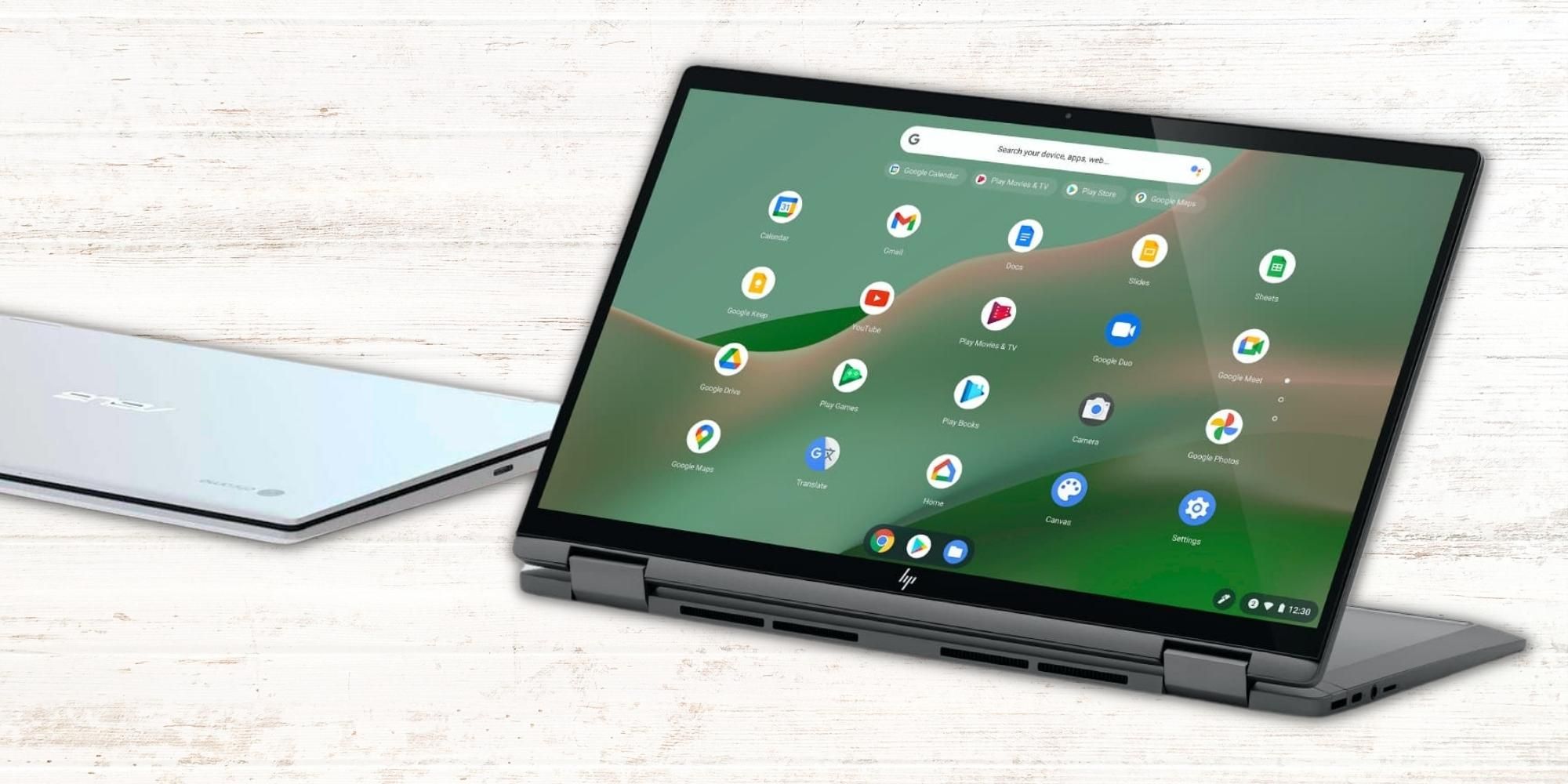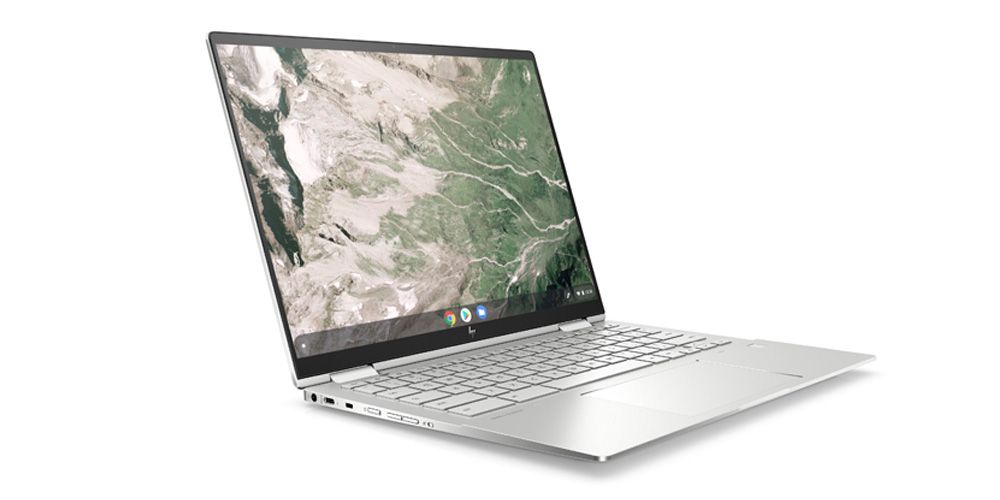Chromebooks are a relatively new category of devices that offer the usability of Android apps in the form-factor of laptops. Several companies are now manufacturing entry-level devices that leverage Chrome OS and other web-based apps. Although these devices are highly affordable, manufacturers cut some corners in terms of RAM and on-device storage.
Although Chromebooks are not meant for handling heavy apps and games, installed apps, images, word documents and other downloaded files fill up the storage fast. As a result, some users who purchase Chromebooks constantly find themselves running out of space. As a solution, Google asks users to keep an eye on their storage and free up some space whenever needed.
Chromebook users often operate on thin storage margins, especially on entry-level models with 64GB or 128GB capacity, like the Acer Chromebook Tab 510. Hence, it is always a good idea to monitor the on-device storage. Users who have exhausted their storage will encounter problems downloading files on their Chromebook, loading web pages, changing or saving passwords and using their Android apps. Suppose someone has used the entire space on their Chromebook. In that case, a message will appear that reads, "Device is low on space: Free up space or select data may be automatically deleted."
Check And Free Storage On Chromebooks
If users go through any of the problems mentioned above or see the message, it is time to check how much storage they are using. To do so, users should select time at the bottom right corner of the screen and click on the 'Settings' icon. After that, they should locate the 'Device' section and select 'Storage management.' The section tells users about how much storage space is left on their Chromebook, and the amount of space utilized by downloads, offline files, the Android apps and locally saved browsing data.
To free up some space, Google advises users to delete files they don't need. Alternatively, users can transfer some files to Google Drive. The next best step is to uninstall the apps they don't use. In addition, users can clear their browsing data, download history and remove any other extra user accounts that are logged into the Chromebook. If users do not clear space on their Chromebook, the device itself will start deleting downloaded files, cache, unused accounts and other stored information. Hence, it is always better to monitor and clear the storage beforehand.
Source: Google


